
Hua Gao
Chief Data Officer
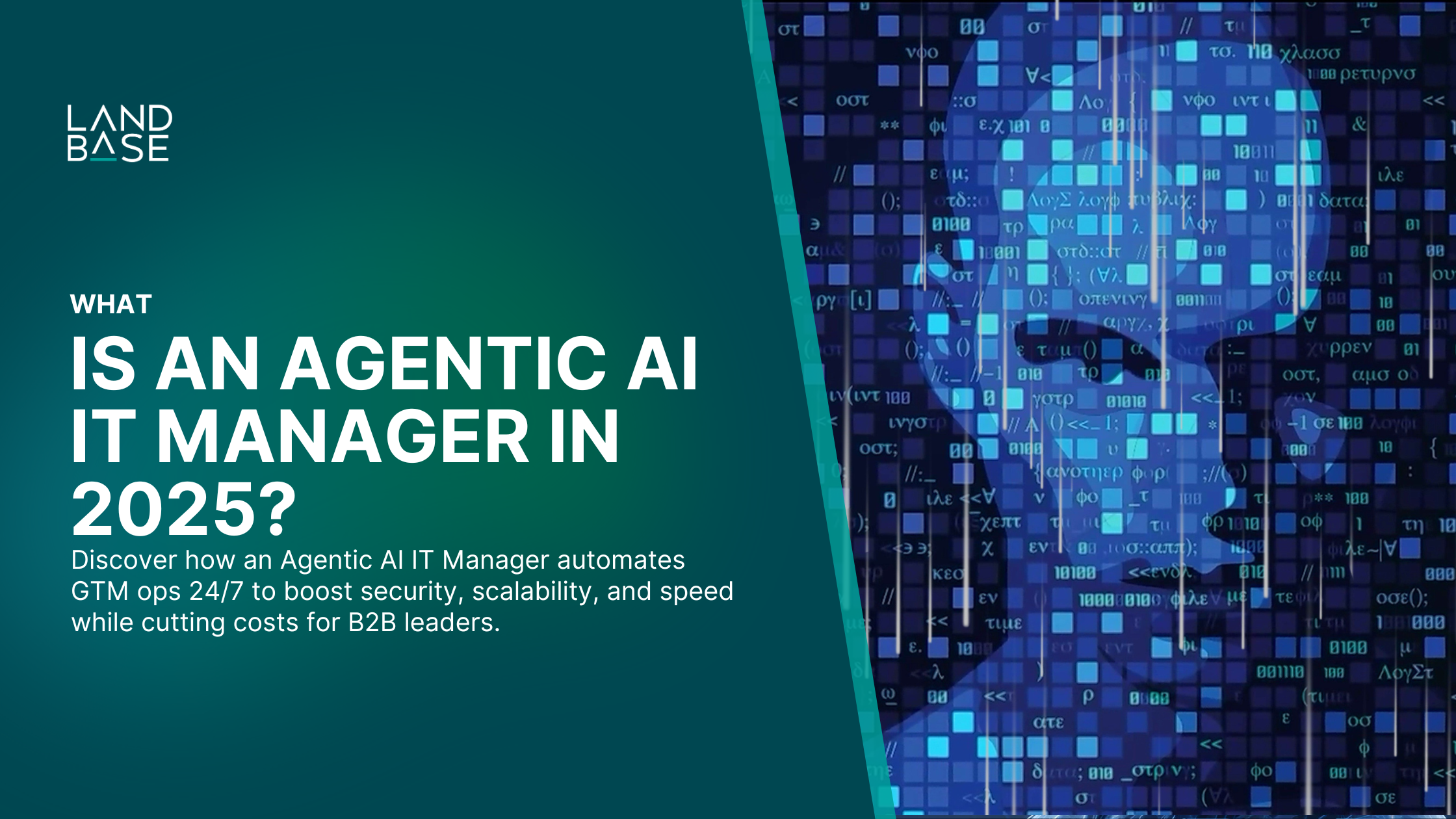
Imagine an IT Manager that isn’t human, but an autonomous AI agent working 24/7 to keep your tech running smoothly. That’s the vision of the Agentic AI IT Manager in 2025 – a new breed of AI-driven IT management poised to transform how businesses run their go-to-market (GTM) operations. In an era when nearly 80% of companies are projected to adopt intelligent automation by 2025(4), understanding this concept is crucial. So, what exactly does an agentic AI IT Manager do, and how does it differ from traditional IT automation? Below, we’ll break down the definition, architecture, responsibilities, and benefits of this AI agent role, with insights tailored for B2B SaaS providers, MSPs, telecom firms, and other complex B2B organizations.
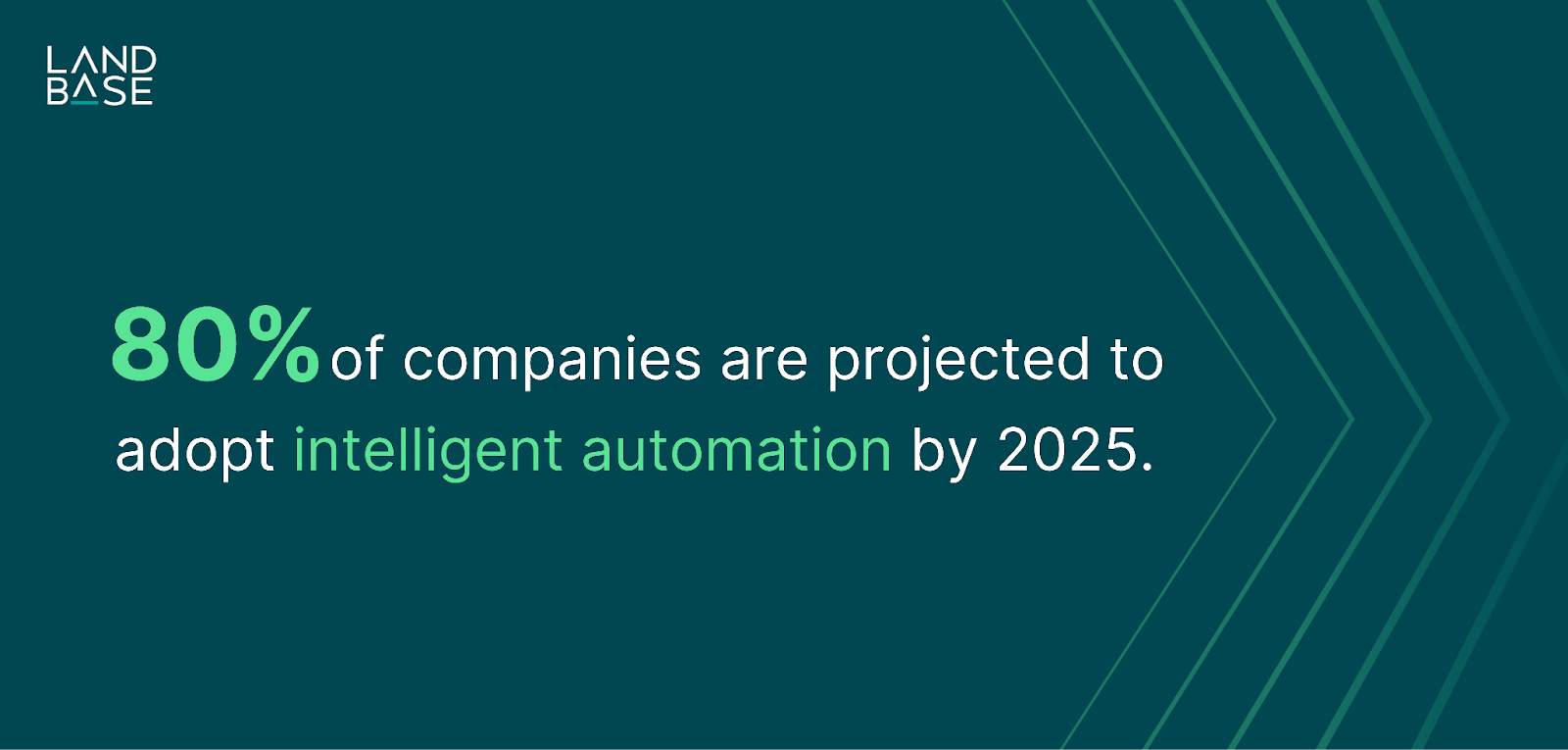
What does “agentic AI IT Manager” mean? In simple terms, it’s an IT management function powered by agentic AI – an advanced form of artificial intelligence that can act independently to plan and execute tasks without constant human prompts. The word “agentic” implies autonomy. Unlike basic scripts or single-purpose bots, an agentic AI has the initiative to understand objectives, make decisions, and learn from outcomes. Agentic AI is essentially an autonomous multi-agent AI system that can handle complex tasks on its own.
In the IT Manager context, this means an AI that takes on many duties of a traditional IT manager (e.g. managing infrastructure, ensuring security, maintaining systems) but does so proactively and continuously. It’s not just following a set schedule or responding to alerts; it’s constantly monitoring, optimizing, and guarding the IT environment for your GTM teams. And it works around the clock. An agentic AI IT Manager doesn’t clock out at 6 PM – it’s active 24/7, which means it can address issues or tune systems at any hour. In fact, agentic AI agents work around the clock (24/7), delivering productivity far beyond a human’s 40-hour workweek.
Equally important is the AI Agent aspect of this role. The agentic AI IT Manager is one specialized AI agent within a broader AI system (more on that next). It behaves like a virtual team member – an AI IT Manager agent that can be assigned goals (“keep our email domain healthy”, “ensure compliance policies are enforced”, etc.) and then trusted to execute them autonomously. This goes beyond legacy IT automation which might run a backup script at 2 AM or send an alert when a server is down. The agentic AI IT Manager is goal-driven: it understands the outcome you want (e.g. high system uptime, zero compliance violations) and actively figures out the steps to achieve it, adjusting as conditions change. As one expert description puts it, “Unlike traditional AI that simply responds to prompts, agentic AI can understand objectives, create strategies, take actions, and learn from results.”
In 2025, this concept is emerging because the technology and need have converged. AI has matured to handle complex decision-making, and businesses have more IT complexity than ever. Many organizations are now comfortable letting AI systems take on critical roles; in fact, 92% of companies plan to increase their AI investments in operations(McKinsey, 2025). The agentic AI IT Manager is the natural evolution: an AI that not only assists but truly manages IT aspects of your go-to-market machinery, acting as an tireless lieutenant alongside your human teams.
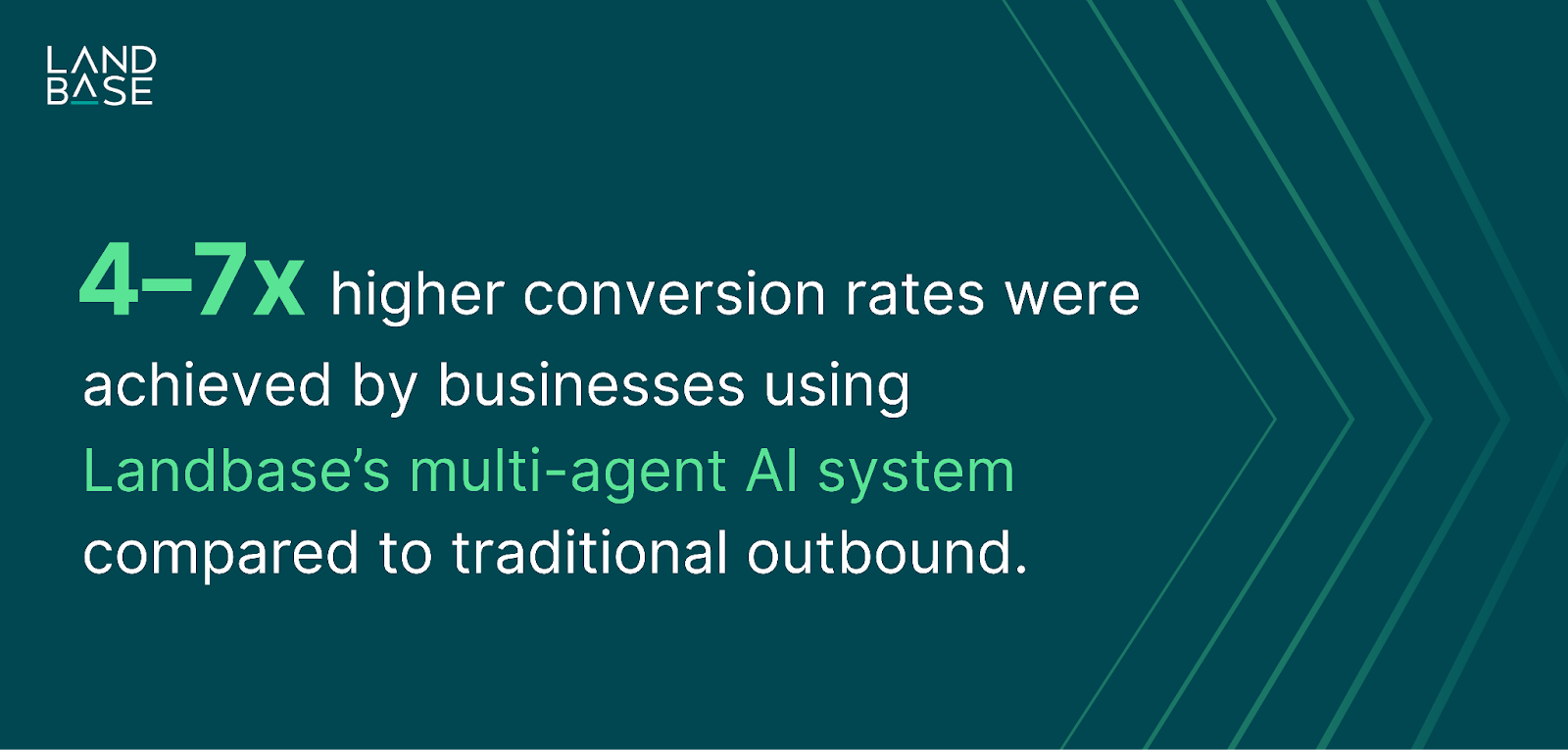
To understand an agentic AI IT Manager, it helps to see it in context. Landbase’s GTM-1 Omni platform is a prime example of how a multi-agent AI system is structured in 2025. Landbase – an AI technology company positioning itself as “the leader in agentic AI for go-to-market” – has built an AI platform that functions like an entire GTM team composed of specialized AI agents. Think of it as an AI department where each agent has a job title and duties, collaborating toward the company’s sales and marketing goals.
In GTM-1 Omni, there are multiple AI agents working together: an AI Sales Development Rep to drive outreach, an AI Marketer to craft content, an AI GTM Strategist to plan campaigns, and even an AI “IT Manager” agent to handle technical operations like data integration and email deliverability. Each agent operates autonomously but shares information with the others. For example, the AI SDR might flag to the AI IT Manager agent that bounce rates on emails are creeping up – prompting the IT Manager agent to adjust sending domains or throttle volume. Meanwhile, an AI RevOps (Revenue Operations) agent oversees analytics and ensures the strategy is on track. All these AI agents collaborate continuously, essentially functioning as a cohesive team that can plan, execute, and refine GTM campaigns 24/7.
Landbase’s multi-agent architecture is purpose-built for GTM workflows. That specialization is key. Instead of a generic AI trying to do everything, Landbase trained each agent on relevant data (for instance, their IT Manager agent is trained on email infrastructure and security best practices). The result is a highly orchestrated system: “GTM-1 Omni essentially functions as a multi-agent team of specialists – a strategist, a researcher, a copywriter, an SDR, and a QA analyst – all rolled into one AI system… operating within bounds of accuracy and professionalism.” In practical terms, this means the AI can juggle tasks that would normally require many different human roles and tools.
Why does this matter for the IT Manager role? Because the agentic AI IT Manager doesn’t operate in isolation. It’s part of this larger AI-driven machine. When integrated properly, it ensures the technical foundation for all other GTM activities is solid. Landbase’s platform, for instance, uses its IT Manager agent to “automatically warm up sending domains and monitor technical settings” to maximize email inbox placement. At the same time, another agent might be writing personalized emails, and yet another is crunching data to prioritize leads. The IT Manager agent is the behind-the-scenes guardian that keeps the engine running smoothly, ensuring that technical hiccups or compliance issues don’t derail the campaign.
Crucially, the agentic AI IT Manager embodies a shift from siloed tools to a unified AI-driven platform. Legacy tech stacks in B2B sales/marketing often involve dozens of disconnected tools – CRM, email automation, data enrichment, security monitors, etc. It’s no wonder “modern sales teams juggle dozens of point solutions, leading to siloed data and inefficient workflows.” Landbase’s solution (and others like it) replaces this patchwork with a unified system where AI agents handle everything under one roof. The AI IT Manager agent plays a pivotal role in this unification, acting as the glue that integrates systems and the safety net that maintains system health.
In summary, a platform like GTM-1 Omni shows the reference architecture for an agentic AI IT Manager:
By 2025, forward-thinking B2B providers are evaluating such architectures. Whether you build with Landbase or another solution, the pattern is clear: the IT Manager AI Agent is a core member of the AI-driven GTM team, enabling the rest of the team to perform at its peak through strong technical stewardship.

What does an agentic AI IT Manager actually do day-to-day (or rather, second-to-second)? In traditional terms, this AI agent’s responsibilities span several IT management domains that directly support go-to-market efforts. The key areas include maintaining domain health and email deliverability, ensuring security and compliance, and handling system integration and data orchestration for the GTM stack. Let’s explore each:
Email is still the lifeblood of B2B outreach – but it’s worthless if your emails don’t reach the inbox. One of the AI IT Manager agent’s top jobs is to act as an autonomous postmaster for your organization’s sending domains and email infrastructure. This is an often-overlooked but critical aspect of successful campaigns: technical email deliverability.
The agentic AI IT Manager continuously monitors and optimizes domain health. This includes tasks like:
These actions result in a consistently high inbox placement rate for outbound communications. And that has direct business impact: if your emails land in spam, you lose leads. The AI IT Manager ensures your domain’s reputation stays solid so that all those AI-crafted emails actually get read by recipients.
It’s worth noting how this differs from older approaches. Historically, companies might use an IT specialist or a third-party service to do periodic domain reputation checks or warm-ups. That’s manual and infrequent. The agentic AI does it proactively and continuously. It doesn’t wait for a monthly review to discover your emails are landing in spam; it catches issues in real-time. For example, AI Ops agents in Landbase’s system watch email performance in real time and catch issues like high bounce rates immediately, then adjust strategy on the fly. This level of responsiveness simply wasn’t possible before. It means your sales outreach is always supported by optimal technical sending conditions, maximizing reach.
In sum, the AI IT Manager agent functions as an autonomous deliverability engineer. It keeps the engine oiled so that your SDRs (human or AI) can confidently scale outreach without hitting technical roadblocks. For GTM teams, this translates to higher open rates, more replies, and ultimately more pipeline, all thanks to an invisible AI guardian ensuring every email has the best chance to connect.
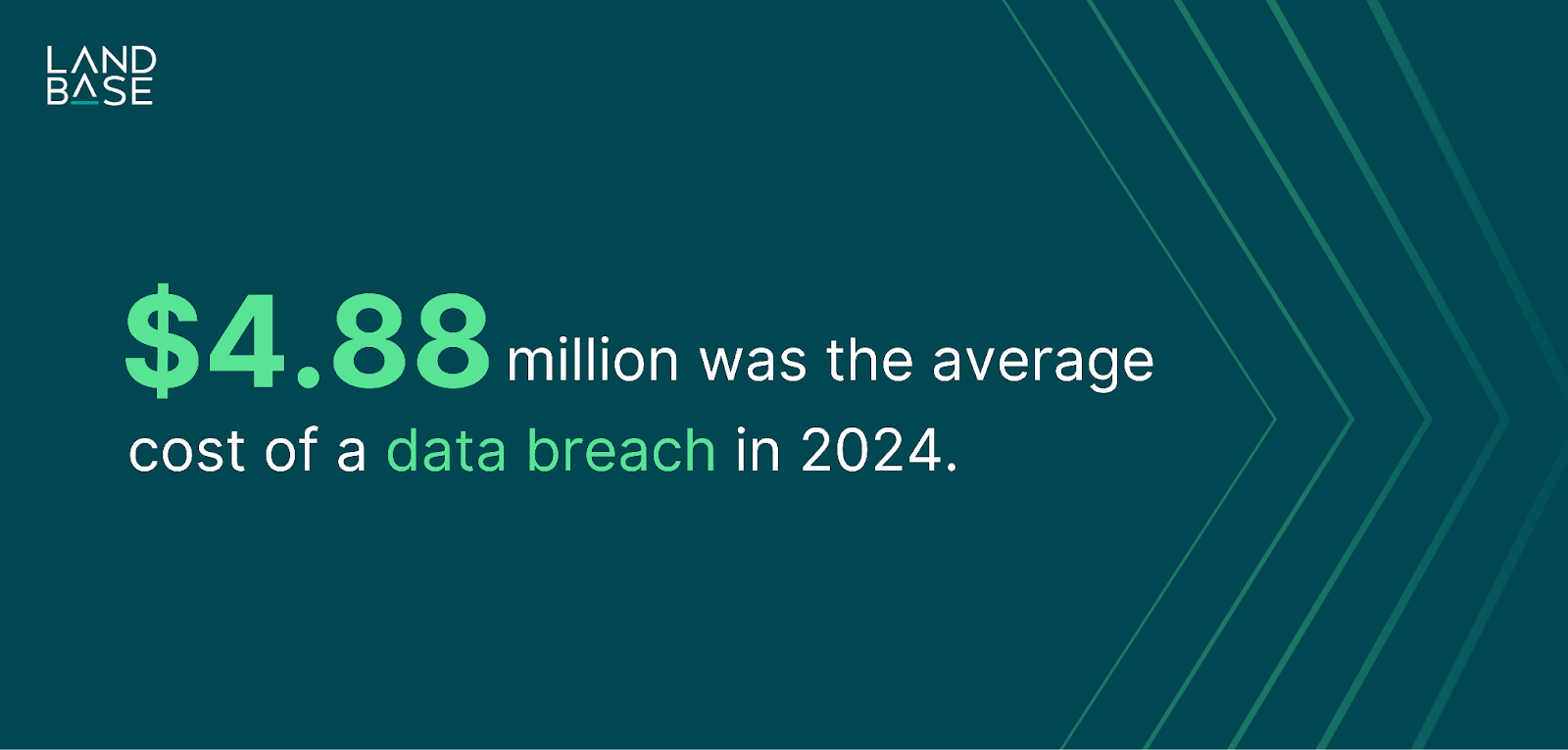
In highly regulated B2B industries, security and compliance are non-negotiable. This is another arena where the agentic AI IT Manager shines. The AI agent acts as a vigilant compliance officer and security sentinel, making sure that all go-to-market activities stay within safe and legal boundaries.
How does an AI agent enforce compliance? It starts by having built-in knowledge of regulations and policies – think GDPR, CAN-SPAM, CCPA, SOC 2, industry-specific rules, and your company’s own policies. Once programmed with these rules, the AI can automatically apply them in all operations:
All these tasks would typically require significant human effort from IT managers, compliance officers, and security engineers. The agentic AI IT Manager shoulders much of that burden automatically. It’s as if you had a dedicated security analyst reading every outgoing email and a compliance officer watching every data transfer – but instead it’s an AI doing it instantaneously.
For GTM teams, the impact is peace of mind and speed. Sales reps and marketers can move fast with campaigns, knowing the AI has their back on compliance. There’s less red tape because the guardrails are built-in. For instance, if your marketing team wants to try a bold new outreach approach, the AI IT Manager will automatically ensure it doesn’t, say, violate spam rules or blast unverified contacts. Security becomes an enabler rather than a roadblock, because the AI is handling it in real-time.
In high-stakes industries like telecom or finance, this is game-changing. You get the agility of rapid sales outreach combined with the rigor of enterprise security standards. The agentic AI IT Manager essentially makes “secure by default” and “compliant by design” a reality. As Landbase’s example shows, these AI agents bake in compliance from the ground up, rather than tacking it on later. The end result is faster innovation (since you’re not waiting on manual checks) and far lower risk.
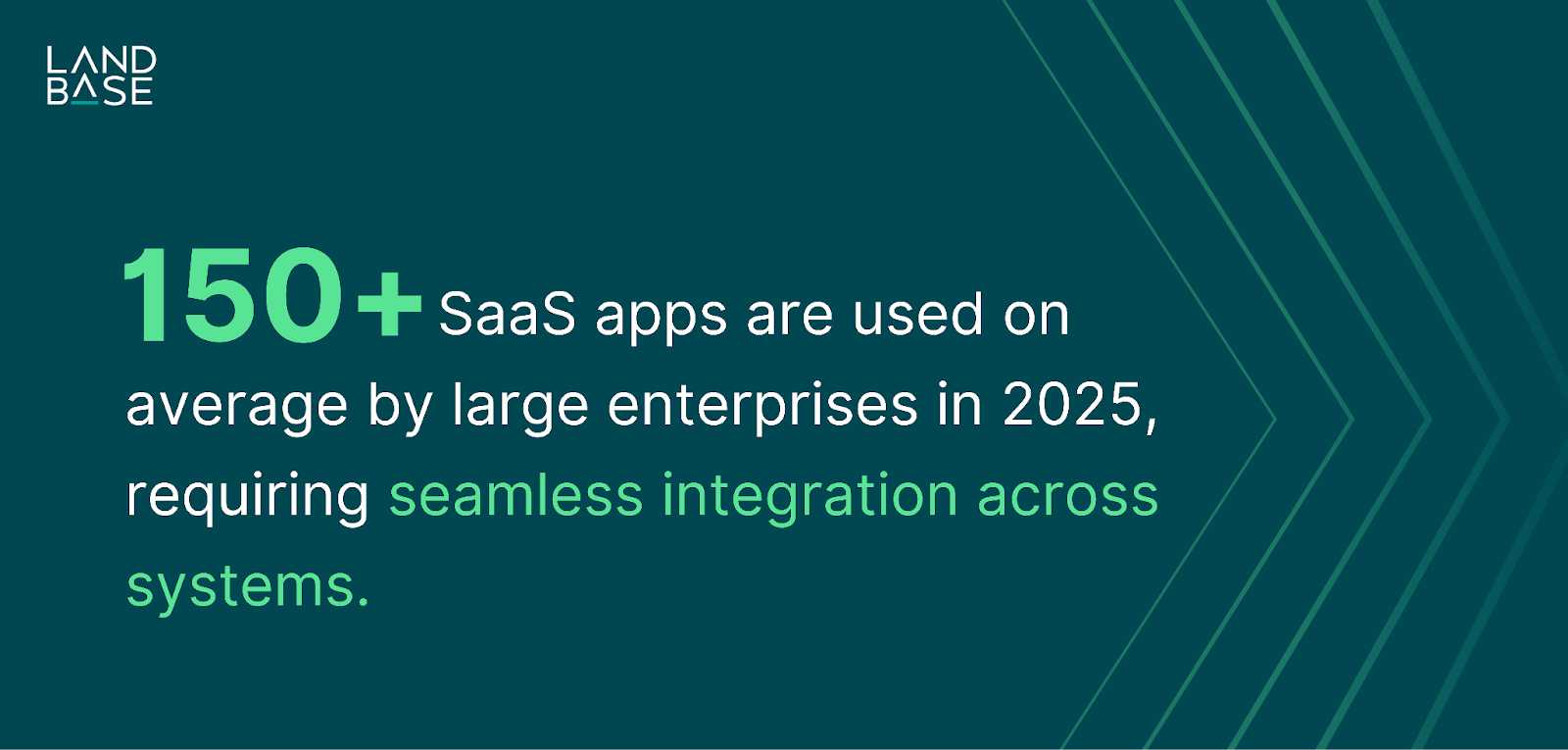
Modern GTM operations run on a web of interconnected systems and data: CRM databases, marketing automation tools, sales enablement platforms, analytics dashboards, data warehouses, and more. Integrating these systems and keeping data flowing between them is a massive challenge – one that falls squarely on IT and operations teams. Here, the agentic AI IT Manager serves as a master integrator and data orchestrator, seamlessly connecting the dots so your AI (and human) team members have the information they need when they need it.
Key responsibilities in this area include:
The benefit to GTM teams is huge. Sales reps get a 360° view of the customer because the AI has merged data from marketing campaigns, support tickets, product usage, etc. Marketers can trigger campaigns based on real-time product signals because the AI streams that data into the marketing system. Executives see end-to-end funnel analytics because the AI has stitched together data from awareness to conversion. In essence, the AI IT Manager creates a single source of truth and a smooth flow of data across the go-to-market process.
This stands in stark contrast to the status quo at many companies, where data integration is a pain point. It’s estimated that data professionals spend 60–80% of their time just gathering and cleaning data rather than analyzing it(9). An agentic AI flips that ratio by taking over the grunt work of data handling, freeing up humans to derive insights and make strategic decisions. For an MSP or telecom provider with complex billing and CRM systems, having an AI agent coordinate data means fewer mistakes (e.g., mismatched customer info) and faster delivery of insights (e.g., usage patterns that inform upsell opportunities).
In summary, the AI IT Manager agent acts as the digital backbone of your GTM tech stack. It makes sure every tool and every data point is in the right place at the right time. Your go-to-market team can then operate like a symphony with all instruments in tune, rather than a disjointed ensemble. In 2025’s data-driven world, that orchestration can be the difference between a nimble, insight-rich operation and a sluggish, fragmented one.
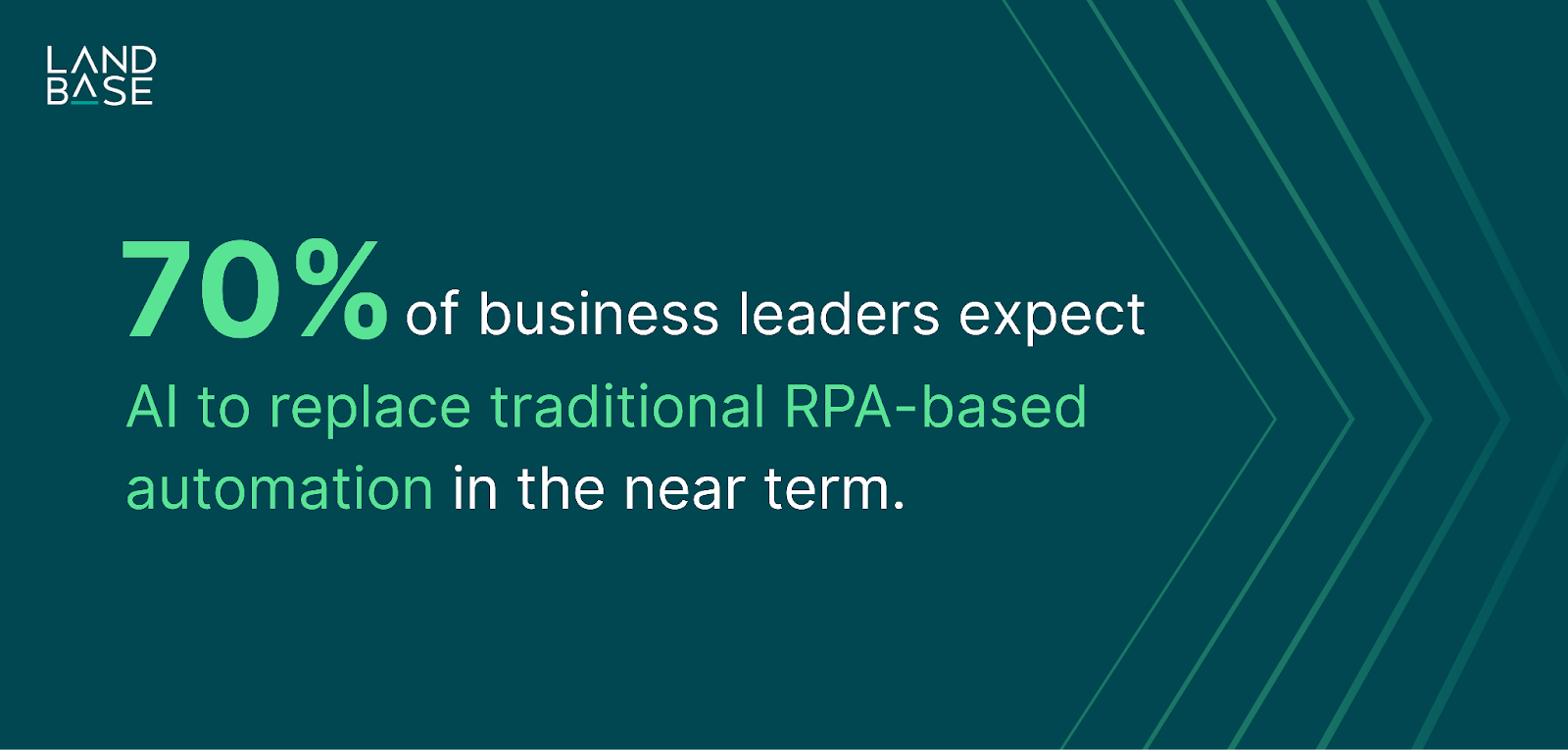
By now, it’s clear that an agentic AI IT Manager is far more capable and “aware” than older automation tools. But it’s worth explicitly highlighting how this AI agent differs from legacy IT automation approaches that many organizations might be familiar with (like simple scripts, cron jobs, or rule-based RPA bots):
Given these differences, it’s not surprising that industry leaders see AI agents as the next evolutionary step. One survey found that 70% of business leaders are highly confident AI-based automation will take over traditional RPA-style automation in the next few years(7). The writing is on the wall: static automation is being replaced by adaptive, intelligent agents. Organizations that recognize this can stay ahead of the curve.
To put it succinctly, moving from legacy automation to an agentic AI IT Manager is like upgrading from a basic autopilot to a self-driving system with full situational awareness. The former can keep the plane level, but the latter can plot the course, handle turbulence, and even decide when it’s safest to land – all while informing the crew. The result is far greater reliability and effectiveness with minimal manual intervention.

Adopting an agentic AI IT Manager isn’t just a cool tech experiment; it directly translates into concrete benefits for businesses. Let’s summarize the major impacts in the areas that matter most to GTM-focused organizations: security, scalability, cost efficiency, and speed of execution.
To illustrate the combined power of these benefits, imagine a scenario without an AI IT Manager: A SaaS company is trying to scale up outreach for a product launch. Their small IT team is scrambling to set up new email domains, check all the compliance tick-boxes, integrate a new marketing tool with their CRM, and troubleshoot why last week’s emails had a spike in bounces. They’re working overtime, and still, some mistakes happen – a misconfiguration here, a delay there. The launch is moderately successful, but they missed contacting some leads in time due to those issues, and the CIO is worried about a compliance audit finding gaps.
Now imagine the same scenario with an agentic AI IT Manager: Most of those tasks are handled automatically. Domains are pre-warmed and ready, compliance is ensured by templates the AI enforces, the new tool API was connected overnight, and the bounce issue was detected and fixed (perhaps the AI switched to a backup IP) before the marketing team even noticed. The launch goes off without a hitch, reaching maximum audience, and the sales pipeline fills. Meanwhile, the IT team (freed from firefighting) spent their time on higher-value work like evaluating a new analytics solution or improving the product infrastructure. The difference is stark – and it showcases why adopting AI agents leads to both top-line growth (through better campaign performance) and bottom-line savings (through efficiency and cost reduction).
When you improve security, scalability, cost, and speed all at once, you’re not just doing incremental improvement – you’re redefining the game. For complex B2B organizations, this can translate to capturing market share before competitors even mobilize, running leaner operations in tight markets, and confidently expanding without stumbling on operational issues. The agentic AI IT Manager is a linchpin in making that happen, because it underpins your entire go-to-market engine with intelligence and efficiency.
As we step into this new era of agentic AI in 2025, one thing is clear: the IT Manager of the future might not be a person at all, but a highly capable AI agent working alongside your human team. Adopting an agentic AI IT Manager is about more than just optimizing IT operations – it’s about empowering your whole organization’s go-to-market strategy with autonomy, intelligence, and speed. When your AI agents are autonomously keeping systems healthy, secure, and integrated, your sales and marketing teams can focus on what they do best: building relationships, crafting strategy, and driving growth.
Landbase’s GTM-1 Omni platform exemplifies this transformation. By deploying a multi-agent AI system – with the IT Manager agent as a key pillar – Landbase enables companies to run their GTM campaigns as a continuous, self-optimizing cycle. The domain gets warmed, the data flows, the content is personalized, the outreach is executed, the results are analyzed, and the strategy adjusts – all with minimal human input, yet under your ultimate guidance. It’s a vision of “GTM-as-a-Service” where much of the heavy lifting is done by AI, delivered through a unified platform.
For professionals in B2B SaaS, MSP, telecom, and other complex markets, the message is compelling: Agentic AI isn’t science fiction; it’s here now, and it’s redefining competitive advantage. Early adopters are already seeing outsized gains in pipeline generation, conversion rates, and operational efficiency. Those who hesitate may find themselves outpaced by rivals who can launch campaigns faster, respond to market changes instantly, and do more with less thanks to AI-driven productivity.
If you’re looking to modernize and future-proof your go-to-market approach, consider this your call to action: embrace the agentic AI IT Manager and the broader power of autonomous GTM agents. Whether through Landbase’s platform or a similar solution, integrating these AI agents into your organization can elevate your execution to new heights. It means your IT infrastructure becomes a proactive partner in revenue generation, not just a back-office function.
Landbase, for its part, stands ready to assist as a pioneer in this field. The company’s focus on purpose-built AI for GTM – spanning IT, sales, marketing, and ops – positions it uniquely to help businesses transition to an agentic model. In Landbase’s own words, they set out to make software “work for you, not the other way around,” and the agentic AI IT Manager is a prime example of that ethos in action. By letting AI do the heavy IT lifting, your human teams are liberated to strategize, create, and sell with greater impact.
In conclusion, the Agentic AI IT Manager is not just a theoretical concept in 2025 – it’s a practical, game-changing asset. It brings autonomy to IT management and turbocharges your go-to-market capabilities. Companies that leverage this technology can expect more secure operations, nearly limitless scalability, lower costs, and faster execution of their GTM campaigns. It’s an evolution of the IT Manager role from a person who manages systems to an AI who masters them for you. Embracing this shift could very well be the strategic edge that propels your business ahead in the coming years.
Ready to explore how an agentic AI IT Manager and the GTM-1 Omni platform can accelerate your growth? Now is the time to take the leap. Landbase and its agentic AI solutions are here to guide you into the future of IT, sales, and marketing – a future where intelligent agents help you close deals faster, smarter, and more efficiently than ever before.
Tool and strategies modern teams need to help their companies grow.